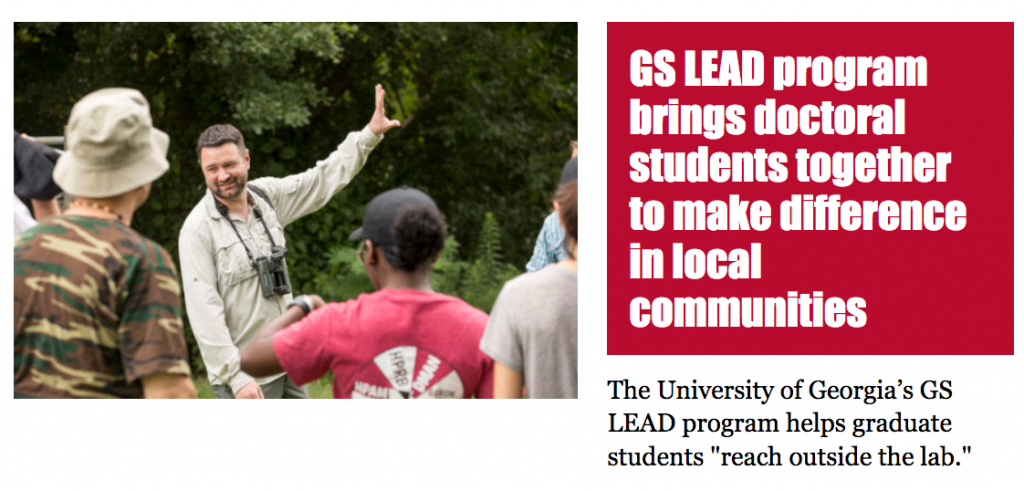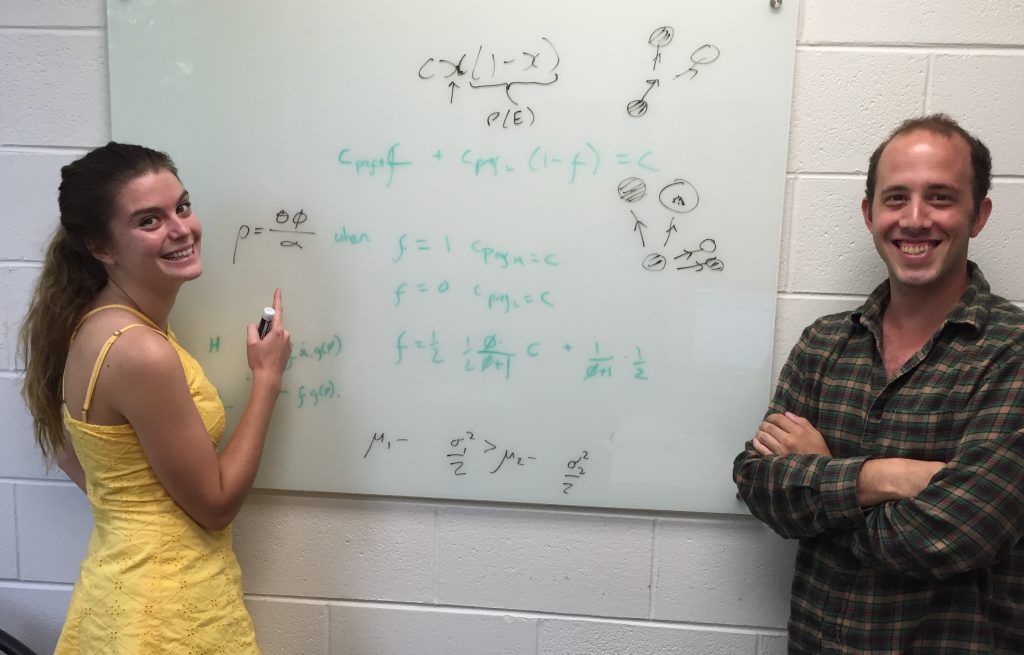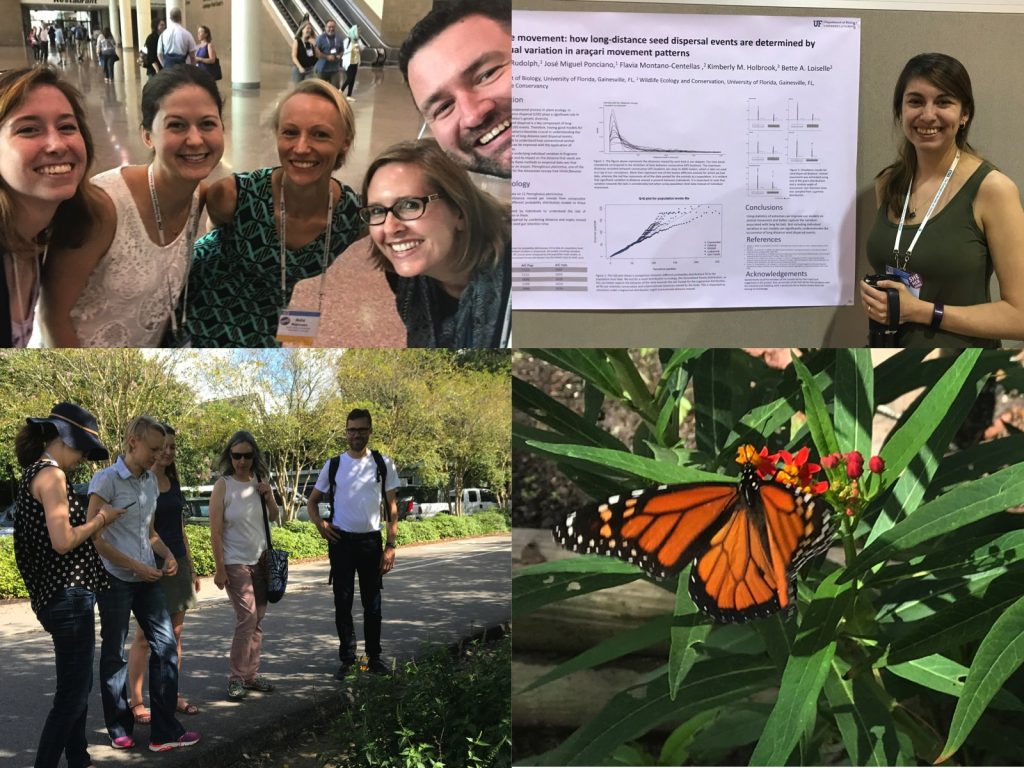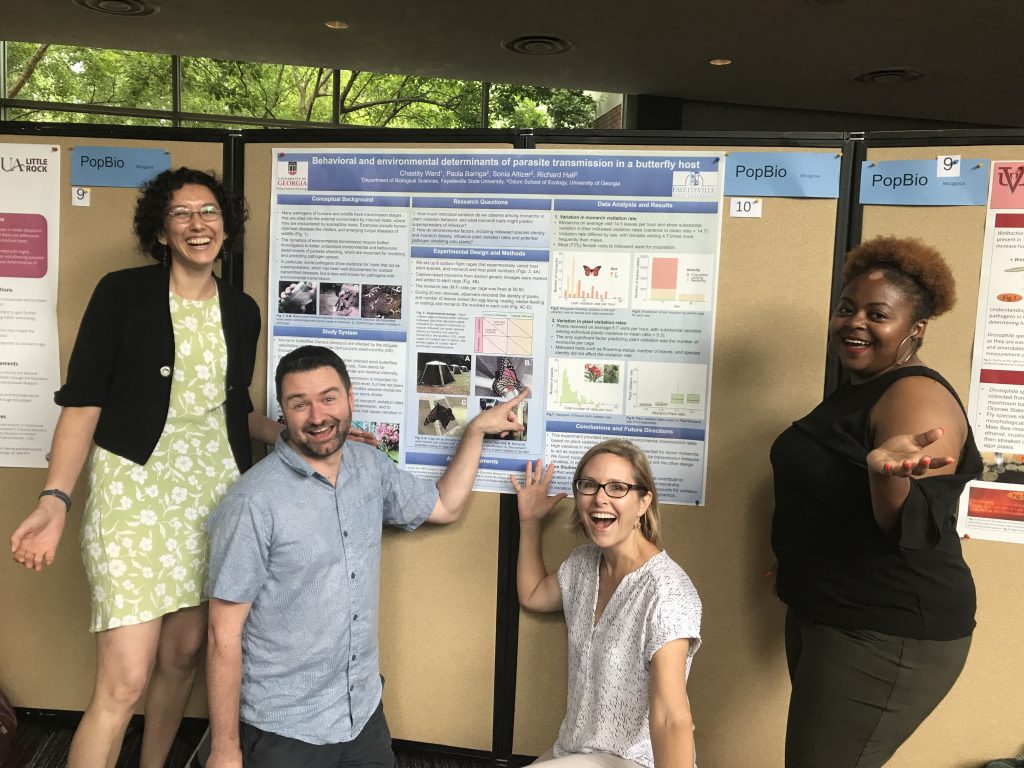
Are you an ecologist that fell in love with math modelling in your quantitative classes? Are you a math or physics major yearning to transition to a career in the life sciences? Want to develop models of host-parasite dynamics as part of a multidisciplinary team working on important applied problems at the human-wildlife-pathogen interface? If so, you might be interested in applying to one of the following positions:
- Modelling habitat and coinfection as drivers of heterogeneity in infection processes, applied to transmission of Puumala hantavirus in voles in Finland. More details of this NSF EEID funded project here.
- Modelling the socio-ecological dynamics of land use change and infectious diseases, with application to transmission of Chagas disease and leishmaniasis in Panama. More details of this NSF CNH2 funded project here.
- Modelling interactions between resident and migratory populations and the consequences for parasite infection, with application to North American monarch butterflies and their protozoan parasites. This position will be co-mentored by Dr Sonia Altizer. More details of this NSF PCE funded project here.
Students will join the world-class Ecology graduate program at the Odum School of Ecology, and may also be eligible for admittance to the NSF-funded Graduate Research Training program in Interdisciplinary Disease Ecology Across Scales or the Integrative Conservation Program at UGA.
Prior experience of working with mathematical models is highly desirable. Interested applicants should send a cover letter indicating their research and training interests, and a copy of their CV, to rjhall “at” uga “dot” edu. Applications from students from diverse and underrepresented backgrounds especially welcome!

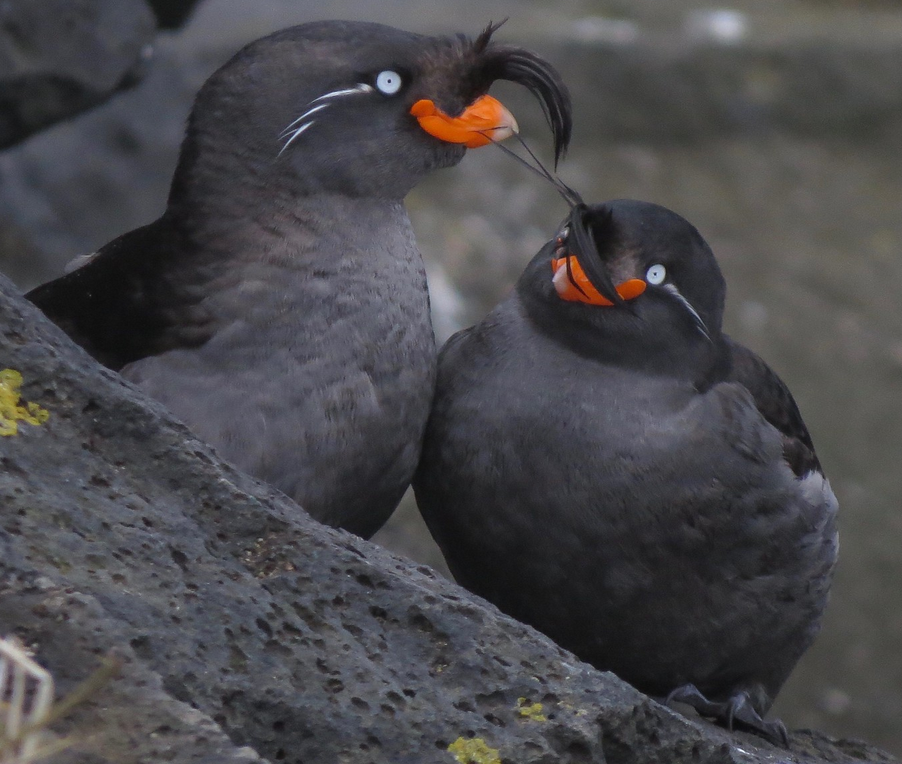
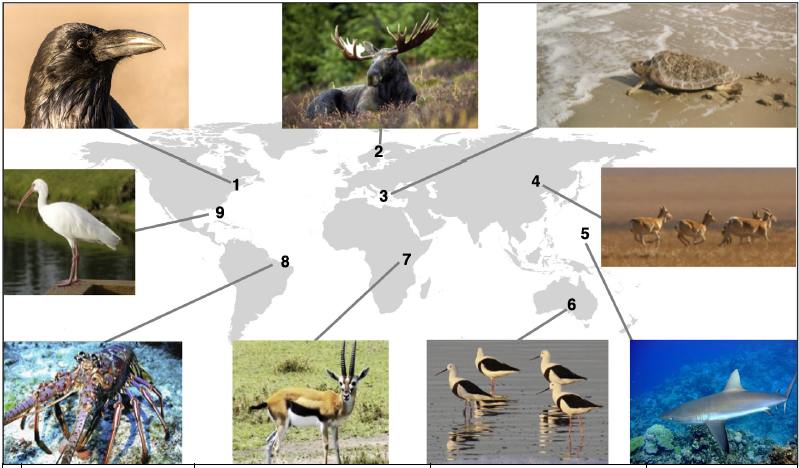 In a new
In a new 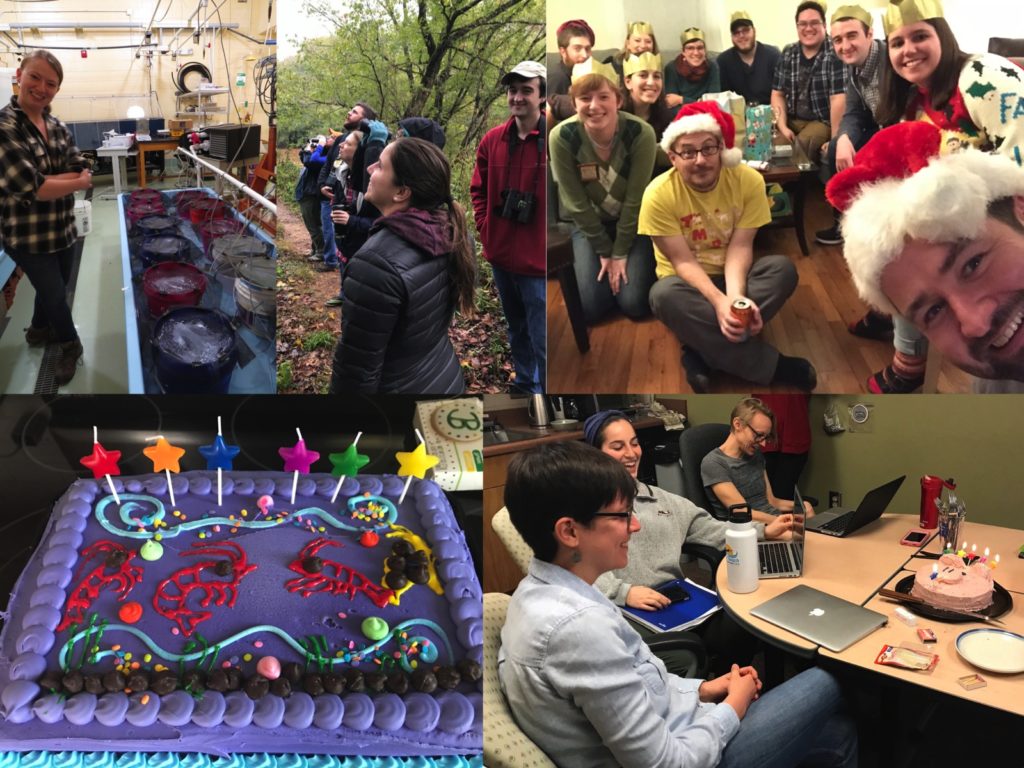 The lab website might have gone quiet for a few months, but there have been plenty of lab goings on!
The lab website might have gone quiet for a few months, but there have been plenty of lab goings on!